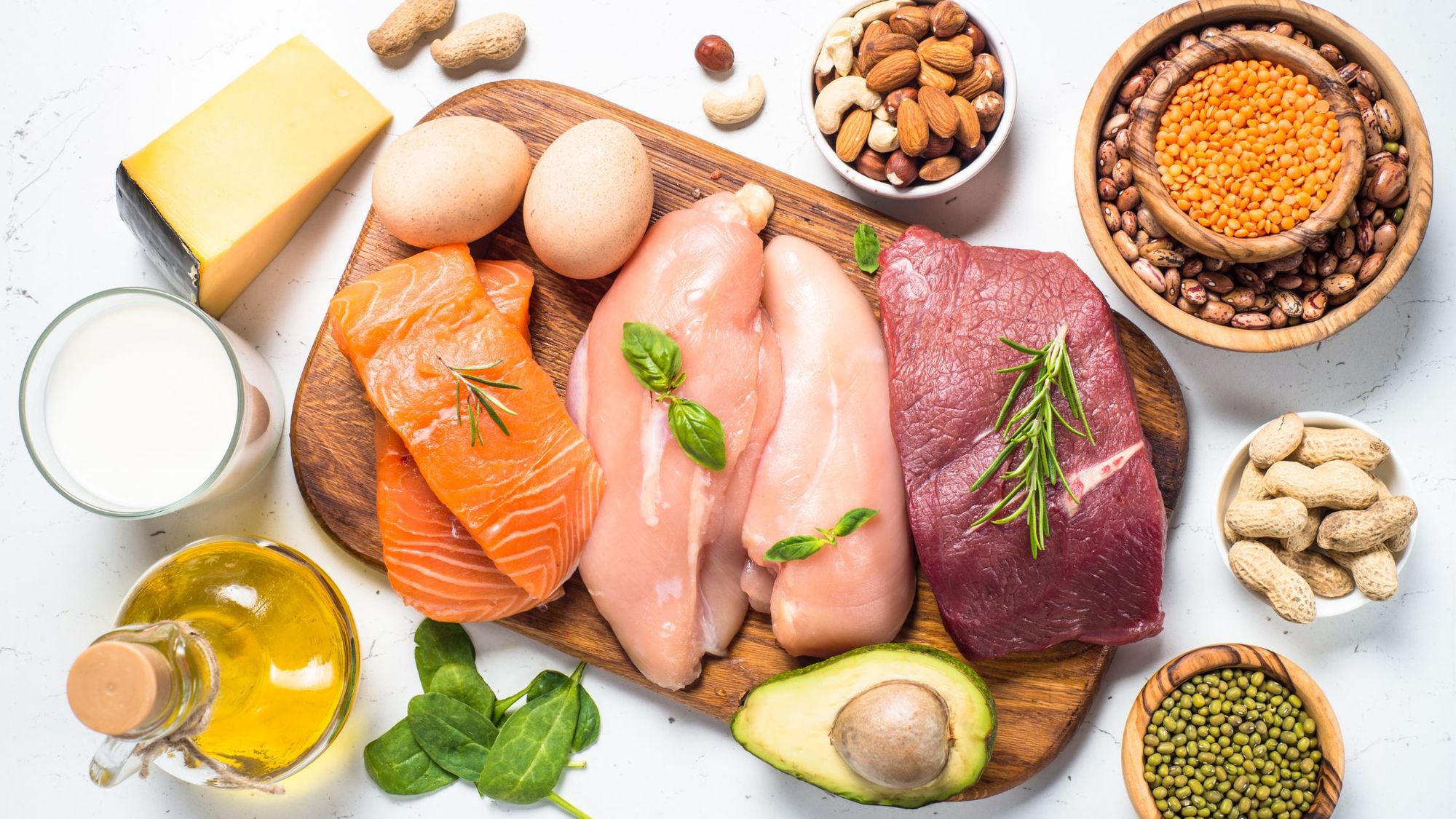
Wherever you are on your fitness journey, there’s no denying that seeing change in the mirror is an amazing feeling. It’s not just looking good in the mirror either. Results build confidence and momentum, remind you of how far you’ve come, and more muscle mass has been shown to help you achieve fat loss and fitness goals easier – the benefits of strength training are endless.
But with every high comes its lows – or plateaus.
Whether you’re just starting out or experienced, it’s common for people to find themselves stuck and see little to no progress with diminishing returns from their time in the gym. It’s completely normal to bump into this obstacle along your fitness journey, but you could potentially be making one of these 7 common muscle-building mistakes:

- Not Eating Enough Protein
One of the most important factors in building muscle is consuming enough protein. Without enough protein, your muscles will not have the necessary building blocks to repair and grow after tearing in your workouts. Aim for at least 1 gram of protein per pound of body weight per day. Good sources of protein include lean meats, poultry, fish, eggs, and beans. Additionally, you can look into protein powders and other supplements to easily reach that daily quota.

- Not Eating Enough Calories
Building muscle requires a surplus of calories. If you are not eating enough calories, your body will not have the energy it needs not just to workout, but also build muscle. Aim for a caloric surplus of 300-500 calories per day if you’re aiming for growth. You can achieve this by bulking with increased portion sizes with calorie-rich food or adding healthy snacks throughout the day.
- Not Varying Your Workouts
If you perform the same exercises and routines every time you hit the gym, your muscles will adapt and stop growing. On top of that, it’s found that variety in intensity and load across different movements can stimulate muscle growth even more. Basically, the key is to keep your muscles guessing with a rotating gallery of exercises executed with varying sets, reps, and rest periods. Challenge yourself and you’ll see results.
- Not Getting Enough Rest
Muscles aren’t just built in the gym OR the kitchen. The bed is where the magic happens, because rest is essential for muscle growth. Your muscles need time to recover and repair after workouts. If you do not get enough rest, you risk overtraining and injury. Aim for at least 7-8 hours of sleep per night and take rest days as needed.
- Overtraining
While it is important to challenge your muscles, overtraining can do more harm than good. Overtraining can lead to fatigue, injury, and stalled progress. To avoid overtraining, vary your workouts, take rest days, shorten your sessions, and listen to your body. If you are feeling overly fatigued or experiencing pain, it may be time to take a break.
- Neglecting Compound Exercises
Compound exercises, such as squats, deadlifts, and bench press, target multiple muscle groups and are essential for building muscle. Some of these workouts can look intimidating, but you’re leaving a lot of muscle growth on the table by neglecting them. Incorporate compound exercises into your routine – with some help if you need – and focus on perfecting your form to maximize their benefits.
- Ignoring Proper Form
Proper form is crucial for maximizing muscle growth and avoiding injury. If you are not performing exercises with proper form, you may be targeting the wrong muscles or putting unnecessary strain on your joints. Heavier weights aren’t always better if you’re not lifting the right way. This is ego lifting. Take the time to learn proper technique and range of motion for each exercise and focus on perfecting your form before increasing weight or intensity.
Being Efficient & Maximizing Growth
One extra tip to note is to take fitness tips you find on social media with a grain of salt. Fitness fads tend to be sensational in nature and often don’t work for everyone, as some promise.
Instead of investing precious time finding which fads actually work, your DNA can tell you how to workout smarter and find the types of exercises your body best responds to. Specifically, CircleDNA’s at-home cheek swab can give you 500 reports across 20 different categories, including a “sports and fitness” category.






